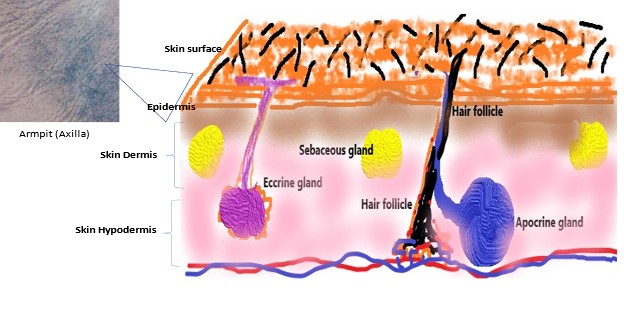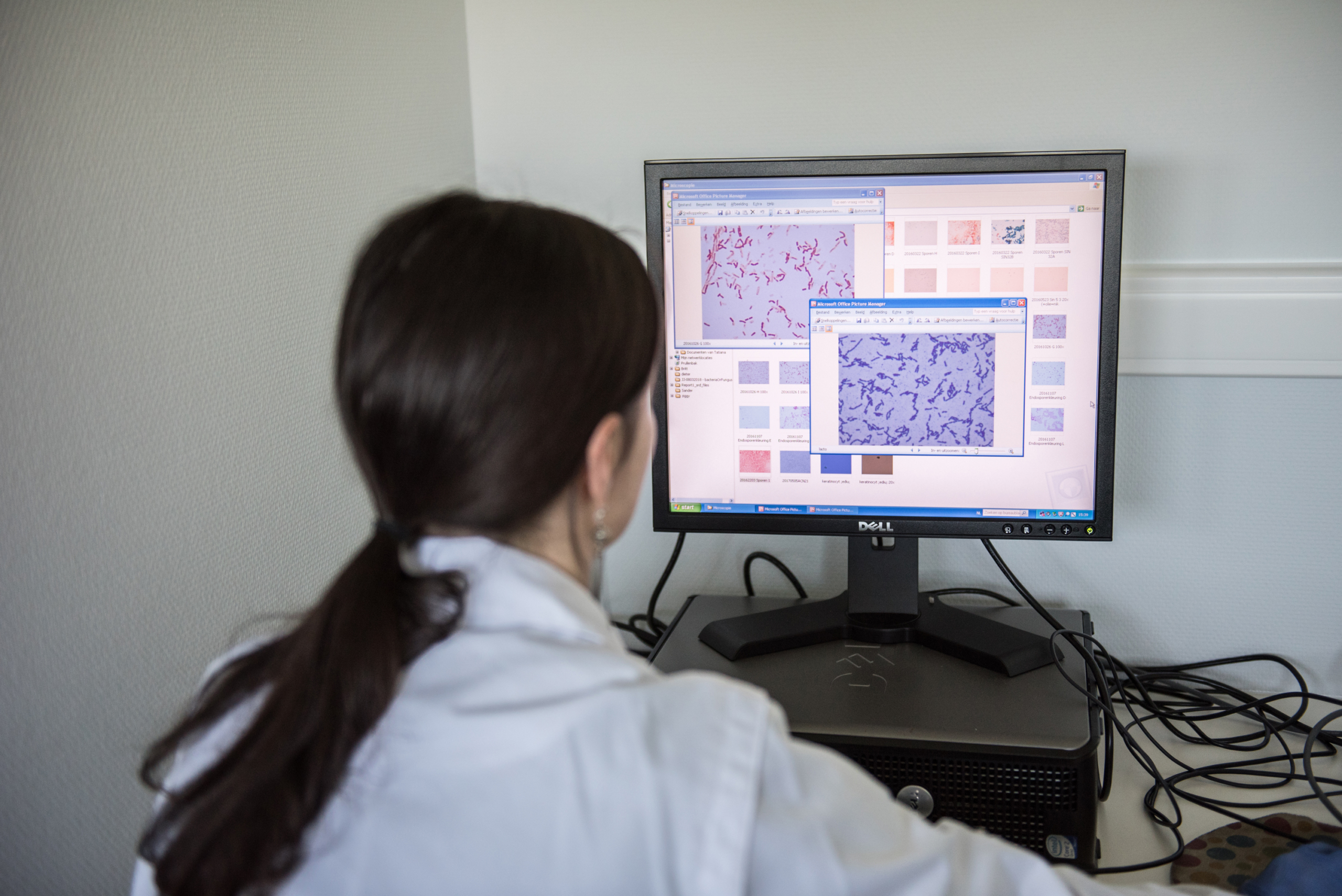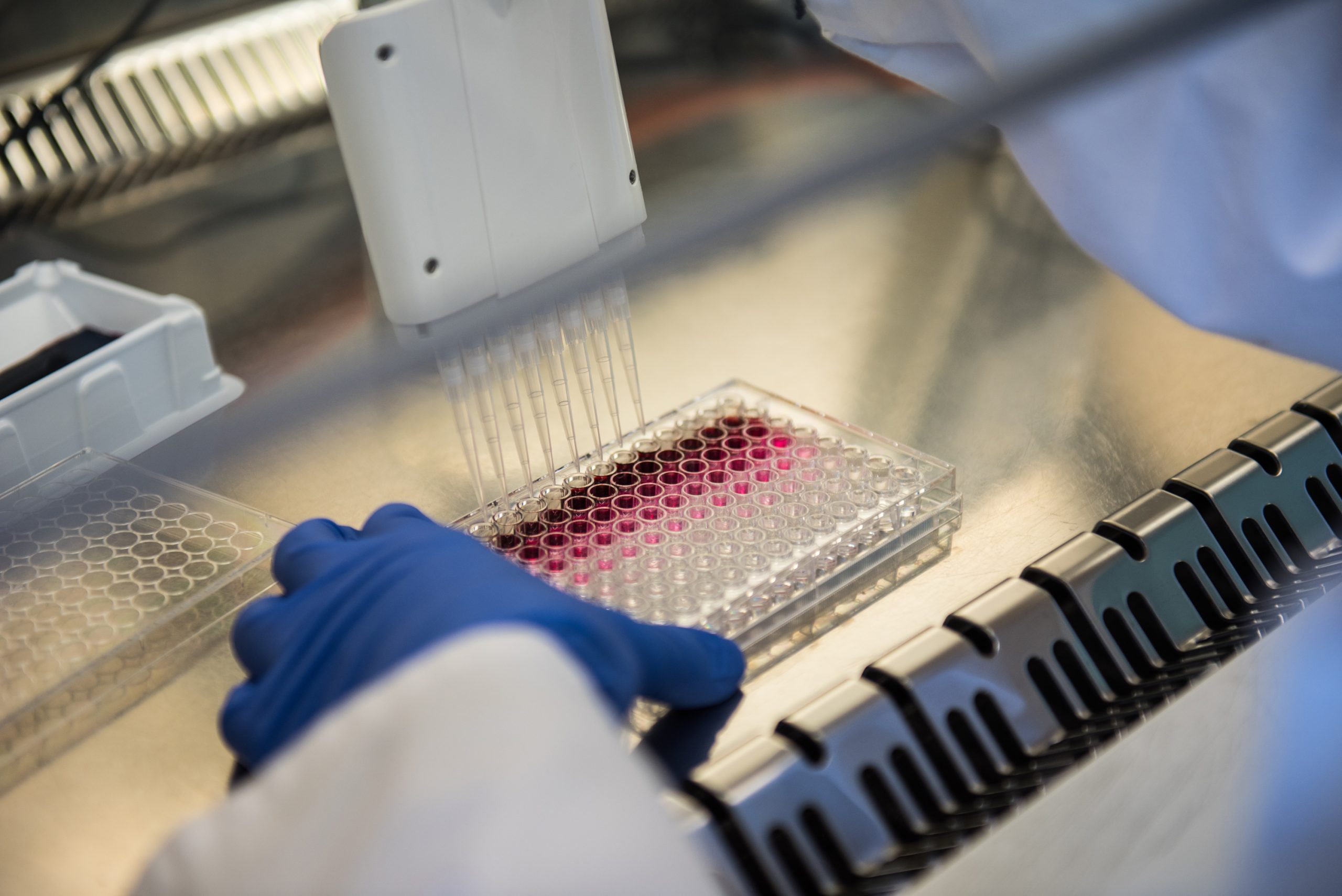1-10 of 15 results
-

The gut-brain axis in livestock animals: Is there a place for biotics in changing pig behavior?
By Prof. Seppo Salminen PhD, University of Turku, Finland When pigs are kept as livestock, ‘manipulative behaviour’ is relatively common… -

Bacterial genes lead researchers to discover a new way that lactic acid bacteria can make energy and thrive in their environments
Lactic acid bacteria are an important group of bacteria associated with the human microbiome. Notably, they are also responsible for… -

Lactobacilli dominate the vagina in Belgian women
By Prof. Sarah Lebeer, Research Professor in Microbiology and Molecular Biology, Department of Bioscience Engineering, University of Antwerp, Belgium A… -

Can control of body malodor using probiotic topical cream be considered as a health benefit?
By Victoria Onwuliri, Masters degree student, with Dr. Kingsley C. Anukam, Department of Medical Laboratory Science, Faculty of Health Sciences… -

In Memoriam: Todd Klaenhammer
By Mary Ellen Sanders and Colin Hill We all suffered a devastating loss this past Saturday with the death of… -

Citizen scientists step up for a research project on women’s health
By Prof. Sarah Lebeer, Research Professor in Microbiology and Molecular Biology, Department of Bioscience Engineering, University of Antwerp, Belgium Lactobacilli… -

EFSA’s QPS committee issues latest updates
By Bruno Pot, PhD, Vrije Universiteit Brussel and Mary Ellen Sanders, PhD, Executive Science Officer, ISAPP On July 2nd, the… -

New names for important probiotic Lactobacillus species
By Mary Ellen Sanders, PhD, and Sarah Lebeer, PhD The genus Lactobacillus was listed as the fifth most important category… -

Highlighting the importance of lactic acid bacteria: An interview with Prof. Seppo Salminen
In a 2009 book called What on Earth Evolved?, British author Christopher Lloyd takes on the task of ranking the… -

Researchers submit recommendations for revised Lactobacillus taxonomy
A team of researchers has submitted their recommendations for new classification for the heterogeneous group of species currently considered to…